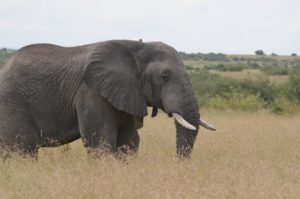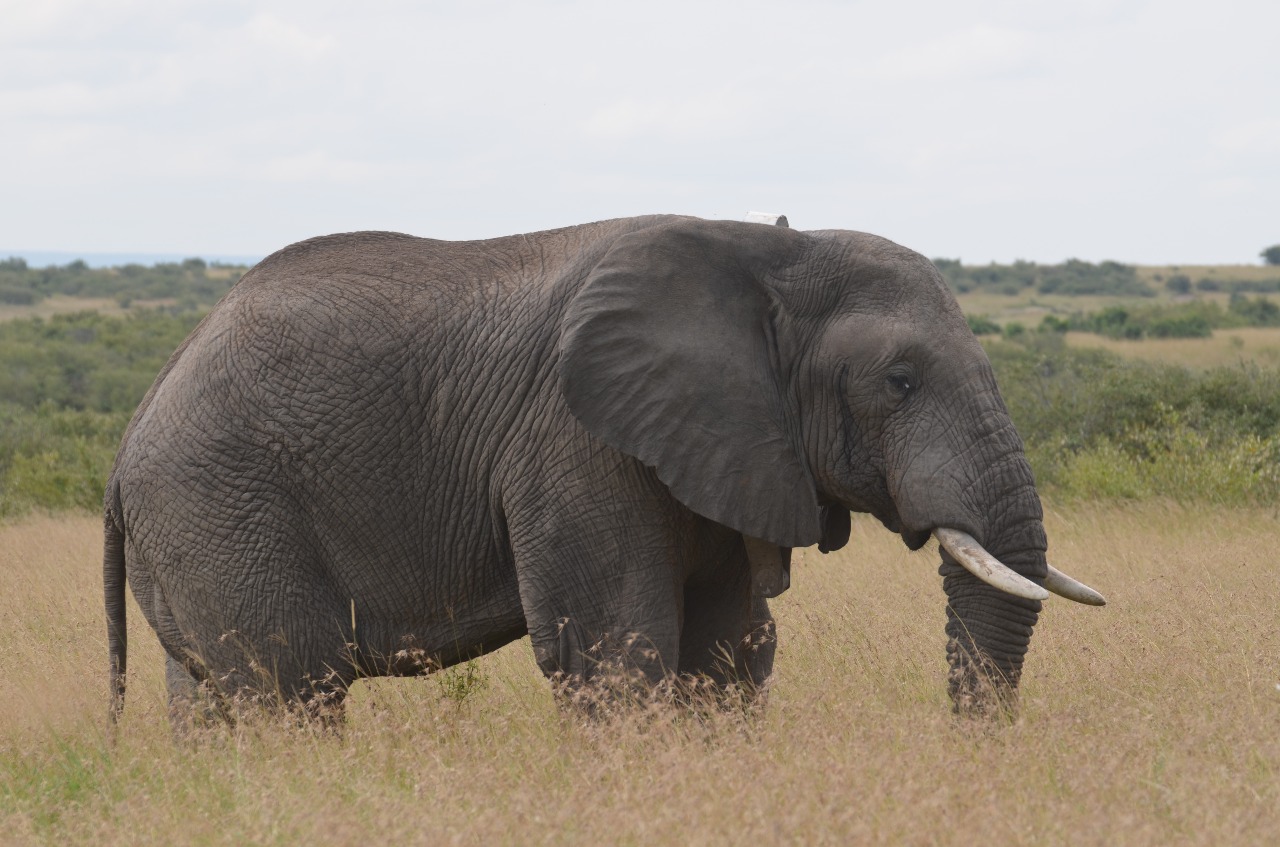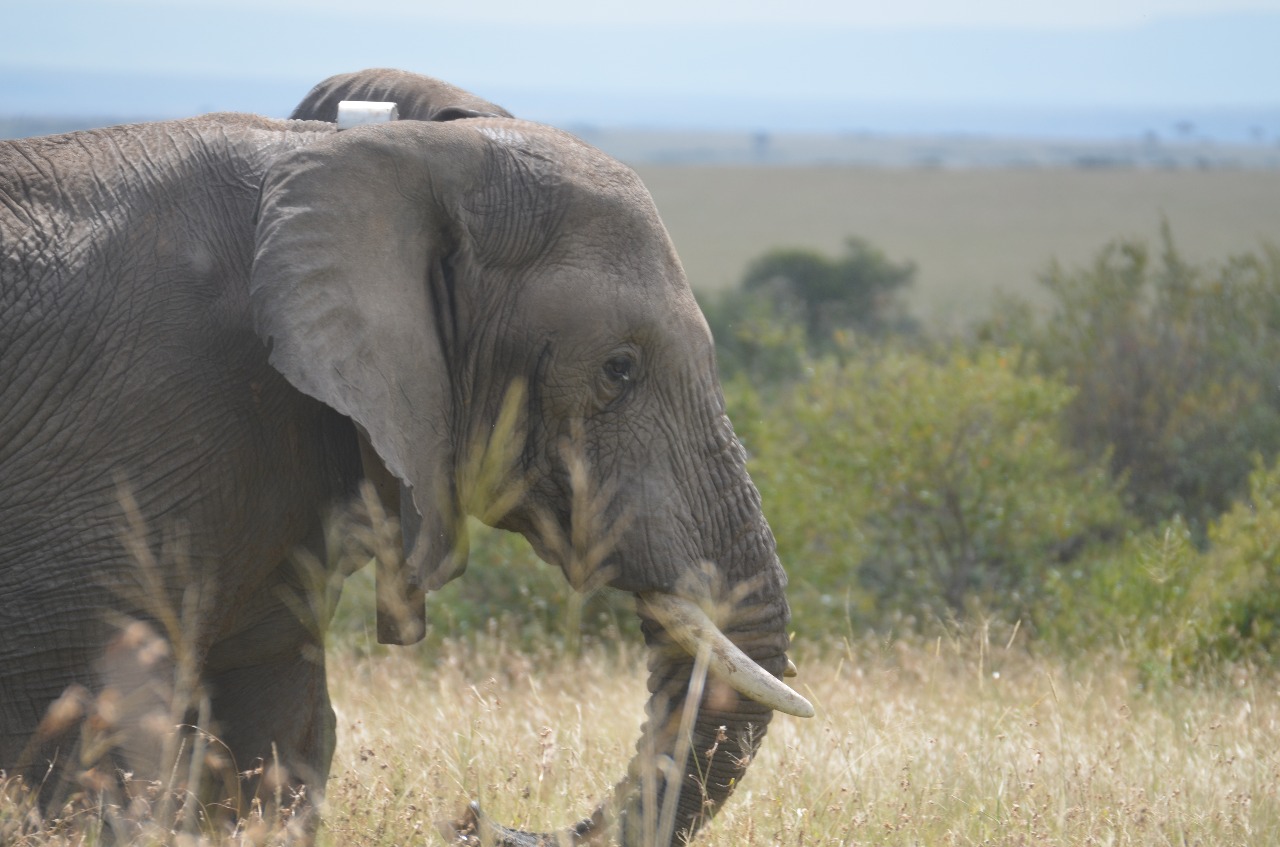 The Singita Grumeti Fund has a very similar mission to Mara Elephant Project, with a focus on the Serengeti in Tanzania. It is essential when collecting data on elephant rangelands within the Mara ecosystem that we connect both the Mara and Serengeti rangelands to get a more complete picture cross boundary use of the ecosystem. MEP’s involvement with our partners, like Singita, is extremely important to protecting the Mara ecosystem. The Maasai Mara ecosystem is an extension of the vast Serengeti ecosystem and is Kenya’s most important wildlife area and tourism asset. Similar in Tanzania, the Serengeti is on the United Nations Educational, Scientific and Cultural Organization World Heritage List because of its annual migration of nearly two million wildebeest and zebra. The ecosystem is also home to an estimated 40% of Africa’s large mammal species yet covers only 0.1% of the continent’s land surface. The Tanzania portion of the Mara-Serengeti ecosystem stretches 25,000 km2 though the Ngorongo Conservation, Serengeti National Park Grumeti Game Reserve. The Kenya portion covers an additional 7,000 km2 from the Maasai Mara, Loita Hills and Nyekweri Forest.
The Singita Grumeti Fund has a very similar mission to Mara Elephant Project, with a focus on the Serengeti in Tanzania. It is essential when collecting data on elephant rangelands within the Mara ecosystem that we connect both the Mara and Serengeti rangelands to get a more complete picture cross boundary use of the ecosystem. MEP’s involvement with our partners, like Singita, is extremely important to protecting the Mara ecosystem. The Maasai Mara ecosystem is an extension of the vast Serengeti ecosystem and is Kenya’s most important wildlife area and tourism asset. Similar in Tanzania, the Serengeti is on the United Nations Educational, Scientific and Cultural Organization World Heritage List because of its annual migration of nearly two million wildebeest and zebra. The ecosystem is also home to an estimated 40% of Africa’s large mammal species yet covers only 0.1% of the continent’s land surface. The Tanzania portion of the Mara-Serengeti ecosystem stretches 25,000 km2 though the Ngorongo Conservation, Serengeti National Park Grumeti Game Reserve. The Kenya portion covers an additional 7,000 km2 from the Maasai Mara, Loita Hills and Nyekweri Forest.
The Serengeti’s proximity and importance to MEP’s area of operation meant that after six years of operations, MEP needed to start expanding into Tanzania to continue to successfully complete our mission to protect elephants and conserve the greater Mara ecosystem. Building a potential partnership with the Singita Grumeti Fund (SGF) could someday allow MEP and SGF to work collaboratively to prevent human-wildlife conflict and better protect elephants living in and moving throughout the Mara-Serengeti ecosystem. This collar data is the single best indicator for identifying elephant density hotspots, defining corridors, and illustrating elephant movements to target audiences. So, combined data from a sample number of elephant collars spread across the elephant population in both the Mara and Serengeti will help present an accurate extent of the current elephant range.

So, with all of this being said, it was very exciting when on June 27, Kenya Wildlife Service vet Dr. Limo spotted what he assumed was a MEP collared elephant near Sekenani Research HQ, about 15 kilometers from the Tanzania border, in Kenya. When he sent a text to MEP Tracking Manager Wilson Sairowua asking for an ID on the collared elephant, Wilson was stumped. This was definitely not one of MEP’s elephants.
“Dr. Limo is familiar with most of MEP’s collared elephants and he was confused. So, I tried to see on the Save The Elephants tracking app what elephant he had identified and there was no collared elephant around Sekenani.” MEP Tracking Manager Wilson Sairowua
Wilson finally went to visit the elephant and used the VHF tracker to find its frequency. He reported this identifying frequency to MEP C.E.O. Marc Goss only to get confirmation that it was a Grumeti collared elephant named Matobo that had joined us in Kenya in the Mara.

This just proves how connected both MEP and Singita’s two areas of operations are and why a potential future partnership with the Singita Grumeti Fund would further protect the Mara-Serengeti ecosystem and the elephants that call it home.



